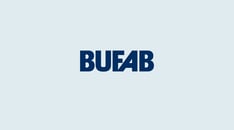Risks and uncertainties
Exposure to risk, both operational and financial, is a natural part of business activity, as reflected in Bufab’s approach to risk management. The aim is to identify and prevent risks and to limit any loss or damage from these risks. The most significant risks to which the group is exposed are related to the economy’s bearing on customer demand.






